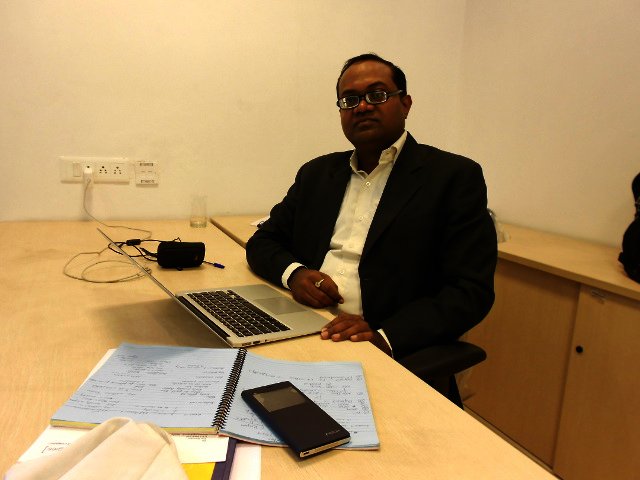By Vishal Barapatre, Chief Technology Officer at In2IT
Software defined everything (SDE) – a catch-all term describing the transition from physical hardware-based controls in an enterprise data centre, to software-based control and configuration – is set to change the face of enterprise computing.
With SDE, every aspect of the data centre infrastructure is virtualised (controlled by automated software) and delivered as services to business users within the organisation. This includes storage, processing, cooling, networks, switches, and every other component in the data centre.
By abstracting the control of these components, the promise is that operations become simplified. Control is handed over to software that is governed by policies and parameters designed up-front by the IT leadership or data centre management. This largely negates the need for on-going monitoring and manual configuration changes.
While these might at first glance appear to be academic changes that merely affect the way datacentres are administered, organisations are increasingly realising the importance of SDE in the future worlds of technology and business.
In fact, the term SDE could soon morph to become the ‘software defined enterprise’, so crucial is IT becoming to organisations in every vertical. SDE holds the potential to provide organisations with many forms of competitive advantage.
This growing realisation of the importance of SDE leads analyst firm IDC to predict exponential growth for the SDE market: growing from $1bn in 2014, to $3.7bn by 2016, and $8bn by 2018.
With its tantalising promise of reducing hardware and management costs, SDE is attracting a frenzy of hype in IT circles at the moment. Many commentators see the parallels with the hype around Cloud Computing of a few years ago.
In fact, the Cloud is a natural precursor, and certainly a necessary condition for the advent of SDE. Furthermore, like Cloud Computing, SDE is likely to progress through a hype curve characterised by inflated expectations and grand promises made by zealous IT salespeople, before we truly understand how best to adopt it.
In theory, the primary benefits are best expressed by using the analogy of ‘the brains and the brawn’. With SDE, a virtualisation layer separates the brains (the control of data centre infrastructure) from the brawn (the actual infrastructure hardware and components).
Freed of the shackles of the physical infrastructure, the controlling software evolves at an ever-increasing pace; while the underlying hardware becomes standardised and commoditised – driving down prices and eradicating vendor lock-in.
The net effect on the business is that any type of data centre resource can be dynamically scaled out as and when required, with a simple turn of the software dials. This gives the business the agility to access resources instantaneously and deliver new applications to users with ease.
With SDE, the days of manually integrating systems and applications from various datacentre environments (hosted, on-premise, hybrid, etc) are long gone.
The CIO can also ensure policies are consistently applied throughout every area of the data centre and every area of the enterprise. This includes considerations like quality of service, connectivity, security policies, mobility policies, application delivery and processing resources.
The idea of ‘software defined everything’ encapsulates the vision that was originated by the earliest moves to Cloud-based computing. With the ability in instantly provision infrastructure within data centres and development environments, organisations can gear up for a dynamic future.
The first step on this path is to take a long look at their IT landscape, look at what is currently interoperable (and, ready for SDE), and that which is not. With the right set of interoperable components in the data centre, the foundation is laid for the promise of SDE to become a reality.





